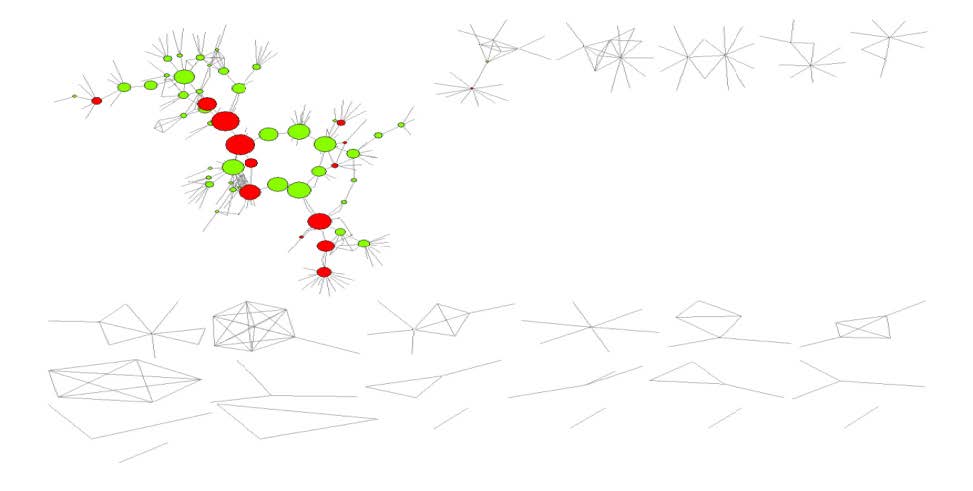
Center for Problem-Oriented Policing
POP Center Responses Focused Deterrence Page 8
PHASE 5: Follow-Up Communication
To reinforce the initial core messages delivered to high-risk offenders, it is important to have follow-up communication with them—and with their offending associates—about what actions (positive and negative) were imposed and why.
Once certain, severe, and swift punishment is meted out to high-risk offenders who failed to heed the warnings and who continued their violent behavior, it becomes critical to communicate to others—both within and outside the high-risk offender’s crime group—that this punishment was delivered and why.27 It is equally important that when high-risk offenders accept offers of assistance in turning away from violent crime, the actual delivery of those services, as well as the benefits to those receiving them, be communicated to others.
Another purpose of spreading the word about enforcement action taken against a high-risk offender is that it lets others know that if they persist in their own offending, they will likely find themselves in the next group of high-risk offenders. Therefore, it is critical that these communications focus on individuals who, while not immediate high-risk targets, are among the next-most likely to be targeted. Social network analysis28 can help decision-makers determine whom high-risk offenders are linked to (either as allies or rivals) so that FDI partners can then inform those allies and rivals as to what happened to the high-risk offenders.29
It is also important to keep community members informed of both successes (i.e., high-risk offenders who are doing well) and failures (i.e., high-risk offenders who returned to crime and were punished accordingly) to keep them engaged in the effort.30 Because high-crime neighborhoods commonly have high turnover among residents, FDI partners should occasionally try to inform new residents about the initiative and the new community norms. However, delivering these enforcement and assistance promises to too wide of an audience can weaken the credibility of the message.31
Kansas City, Missouri, SPI Case Study: Follow-Up Communication and Social Network Analysis
The use of social network analysis (SNA) will allow focused-deterrence strategies to be surgical and effective. In Kansas City, Missouri, SNA revealed that violence was concentrated in a social structure of fewer than 900 persons in approximately 60 groups or gangs. The homicide rate in this socially connected group was calculated to be more than 100 times the national average.
Implementing SNA is possible for almost any focused-deterrence effort. Most law enforcement agencies already collect a large amount of relational data through field interview forms, arrest reports, and offense reports. Structuring the data and training a crime analyst are the first steps in using SNA to address a problem. In Kansas City, there were no technological costs associated with conducting SNA other than the time commitment of the crime analyst and research partner, who used free software tools such as Excel and Pajek. As of 2016, there were at least five crime analysts in Kansas City who conducted SNA for focused deterrence or other crime strategies.

Criminal networks were reviewed for all stages of focused deterrence in Kansas City. For example, the social service committee used SNA to identify at-risk youth with direct relational ties to adults engaged in criminal behavior. This gave the Kansas City Police Department (KCPD) the ability to conduct focused deterrence without ignoring the juveniles. The messaging committee utilized SNA to pick individuals with positions of “centrality” to attend the call-in sessions. The enforcement committee also relied on SNA to identify the various levers to pull within group enforcement operations. Analysts at KCPD layered in additional information to highlight the different group affiliations, probation and parole status, current wanted status, and many other factors to drive strategic decisions.